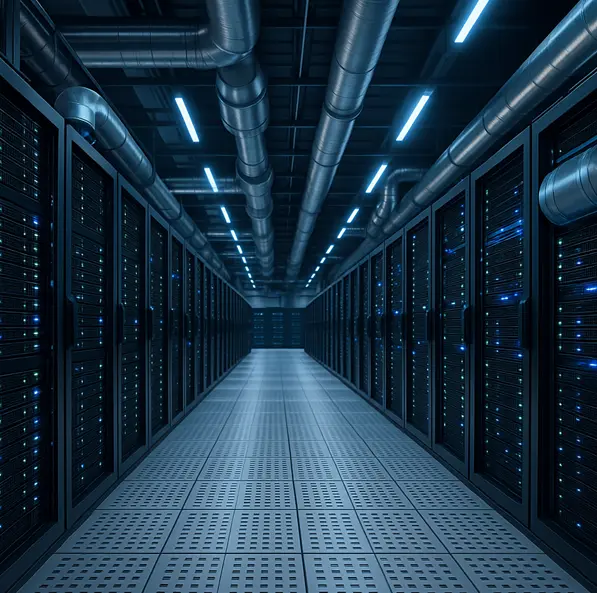The esports industry has grown faster than anyone anticipated — and frankly, it’s caught many people off guard. What began as teenagers competing in basement tournaments has morphed into a multi-billion-dollar spectacle that’s now testing the limits of our internet infrastructure. The precision required for live betting platforms like Xbet to adjust odds in real-time during matches? That’s the same level of technical sophistication we’re now demanding from every aspect of competitive gaming.
The Technical Foundation of Modern Esports Broadcasting
Here’s something that might surprise you: broadcasting a single esports tournament now requires more bandwidth than most small television stations used just a decade ago. Fiber optic infrastructure development demonstrates how we’ve had to completely rethink our approach to internet capacity planning. I’ve watched tournament organizers scramble to secure adequate connections — and believe me, it’s not pretty when things go wrong mid-match.
The technical requirements have become genuinely staggering:
- Minimum 100 Mbps upload speeds for 4K tournament streams (and that’s just the baseline)
- Sub-20 millisecond latency for competitive integrity — anything higher and players start complaining
- Redundant network connections because a single point of failure can ruin a $2 million tournament
- Edge computing resources positioned strategically near gaming venues
- Advanced compression algorithms that don’t sacrifice visual quality for speed
Modern tournaments aren’t just asking for better internet — they’re demanding infrastructure that rivals what major corporations use for mission-critical operations. The investment per venue now exceeds $2 million, and that’s before you factor in the ongoing operational costs.
But here’s the thing: it’s working. Venues with premium streaming setups retain 40% more viewers throughout entire matches. That’s not just a nice-to-have metric — it’s the difference between profitable and struggling tournaments.
Regional Infrastructure Gaps and Competitive Balance
This is where things get complicated, and honestly, a bit frustrating. Global internet infrastructure disparities reveal an uncomfortable truth: geography is determining competitive outcomes in ways that feel fundamentally unfair.
I’ve seen talented players from rural areas struggle not because they lack skill, but because their internet connection adds 80-100 milliseconds to every reaction. Meanwhile, South Korean players enjoy sub-15 millisecond latencies nationwide. It’s like asking someone to compete in a race while carrying extra weight — the outcome is predetermined.
The competitive implications run deeper than individual matches. Teams from infrastructure-rich regions consistently dominate international competitions, creating a feedback loop that’s hard to break. Success attracts investment, which improves infrastructure, which enables more success. It’s a cycle that’s widening the gap between regions rather than closing it.
Economic Impact and Market Dynamics
The economics tell a compelling story. Venues with premium streaming capabilities command 25-30% higher sponsorship rates — not because sponsors are feeling generous, but because the viewing experience is measurably better. When you can actually see what’s happening in fast-paced games, the entire dynamic changes.
Revenue streams have diversified in ways that weren’t possible before. High-quality streams support multiple concurrent broadcasts: main feeds, individual player perspectives, analytical overlays. This multi-stream approach has increased average viewing time by 35%, and created advertising opportunities that didn’t exist in the low-bandwidth era.
The investment patterns are revealing. Regions that prioritize esports infrastructure see 60% faster growth in tournament participation and 45% higher average prize pools. These aren’t just numbers — they represent real opportunities for players and organizations.
But there’s a darker side to this infrastructure arms race. Events with inconsistent streaming quality or high latency face harsh criticism from both players and viewers. The standards have risen so quickly that what seemed acceptable two years ago now feels amateurish.
The relationship between infrastructure and competitive integrity has become non-negotiable. Players won’t compete in tournaments where technical issues might affect outcomes. Viewers won’t watch streams that buffer or lag. The bar keeps rising, and the cost of entry keeps climbing.
Looking ahead, the requirements will only intensify. Virtual reality broadcasts require 10-15 times more bandwidth than traditional streams. Augmented reality overlays add another layer of complexity. We’re building infrastructure for technologies that haven’t fully matured yet.
The investment cycle shows no signs of slowing. As esports approaches mainstream sports in viewership numbers, the technical standards continue rising. This creates opportunities for regions willing to invest heavily while potentially leaving others behind.
Infrastructure development has become the foundation upon which everything else depends. The regions and organizations making these investments now are positioning themselves for long-term success in an increasingly competitive global market. Those who don’t? Well, they’ll likely find themselves watching from the sidelines.
Also Read-Innovative Technologies for Personalized Apnea Therapy: Automatic CPAP Machines
